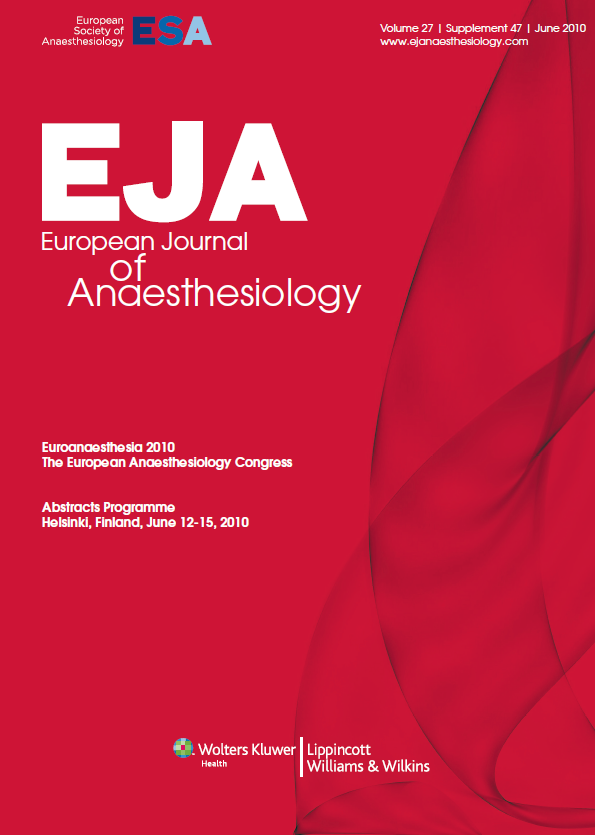
Comparison of Post-Op Analgesia and Functional Recovery for SFIB and PENG blocks in THA patients

Comparison of Post-Op Analgesia and Functional Recovery for SFIB and PENG blocks in THA patients
Comparison between supra-inguinal fascia iliaca and pericapsular nerve group blocks on postoperative pain and functional recovery after total hip arthroplasty: A noninferiority randomised clinical trial.
Eur J Anaesthesiol . 2023 Sep 1;40(9):660-671.Synopsis
106 patients undergoing elective posterolateral total hip arthroplasty (PLTHA) under spinal anesthesia (SA) were included in this non inferiority randomized controlled trial in which patients were randomly allocated to receive a supra-inguinal fascia iliac block (SFIB; n=53) or pericapsular nerve group blocks (PENG; n=53). The primary outcome of interest was pain at rest measured by numeric rating...
To view the full content, login to your account,
or start your 30-day FREE Trial today.
FREE TRIAL
LOGIN
Forgot Password?
Explore some of our unlocked ACE Reports below!

Learn about our AI Driven
High Impact Search Feature
Our AI driven High Impact metric calculates the impact an article will have by considering both the publishing journal and the content of the article itself. Built using the latest advances in natural language processing, OE High Impact predicts an article’s future number of citations better than impact factor alone.
Continue



 LOGIN
LOGIN

Join the Conversation
Please Login or Join to leave comments.